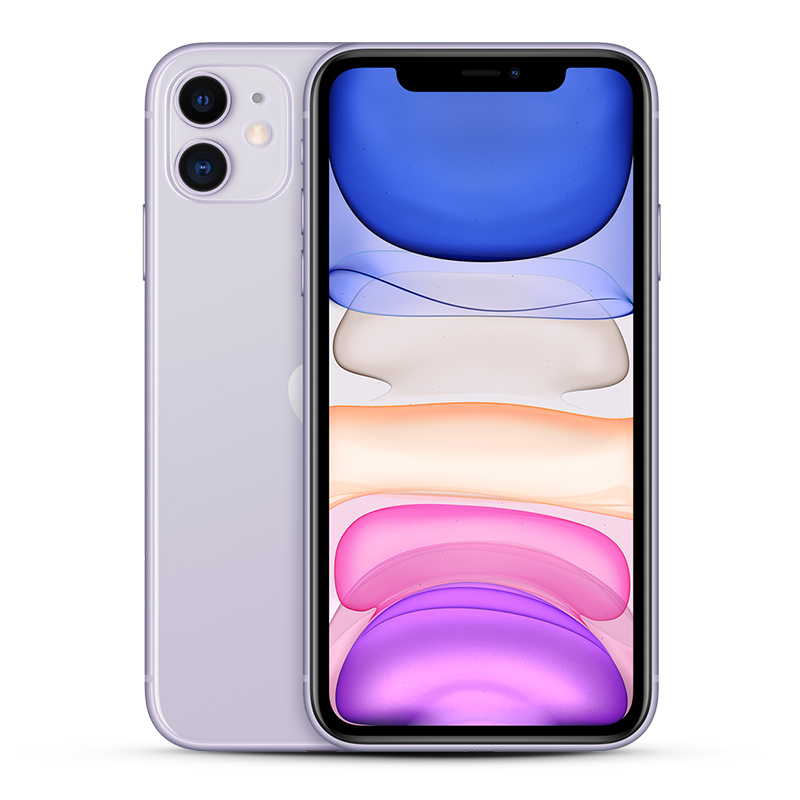

The 12 MP camera can now shoot in 4K and slow motion. The iPhone 11's front-facing camera has also been given some significant upgrades. It's difficult to say whether or not that will make Apple's implementation better or worse without giving it a try, so I'll reserve judgment until I get to see it in action.
Purple iphone 11 android#
It's a bit different from how Android phone makers have implemented night modes in that there's no option to manually switch it on. Depending how dark your surroundings are, the camera start a one, three, or five-second timer to let you know how long to hold the phone still for during the shot. We weren't able to test the new night-time shooting mode in the demo area, which was brightly lit, but I got a brief rundown on how it works: When you're in a low-light situation, night mode will automatically kick on and you'll see an indicator on the display. Google's Night Sight for Pixel phones is one of its best camera features, and it's great to see Apple include the feature on its lower-priced iPhone too. The addition of a new nighttime shooting mode is also a welcome (and, frankly, overdue) upgrade, especially on the lower-priced iPhone. I was only able to take a few sample shots, but the effect of the ultra-wide lens reminded me of the kind of shots I'd expect with third-party lens accessories like Moment. The rear wide and ultra-wide cameras, both 12MP, enable much bigger shots than what was possible on previous generations of iPhones.

The iPhone 11 camera bump is sizable, but not as ugly as some early renders suggested.


 0 kommentar(er)
0 kommentar(er)
